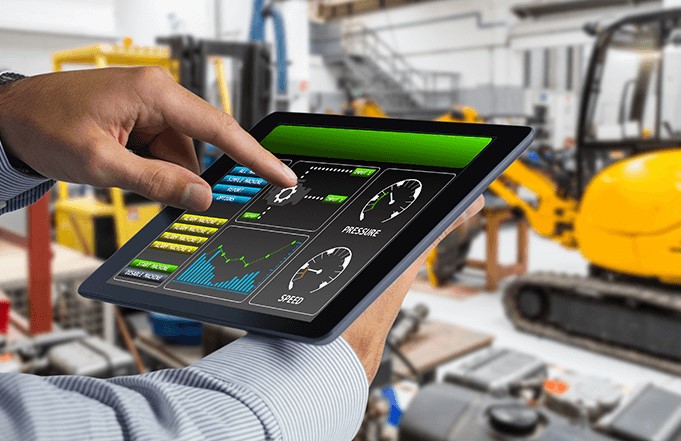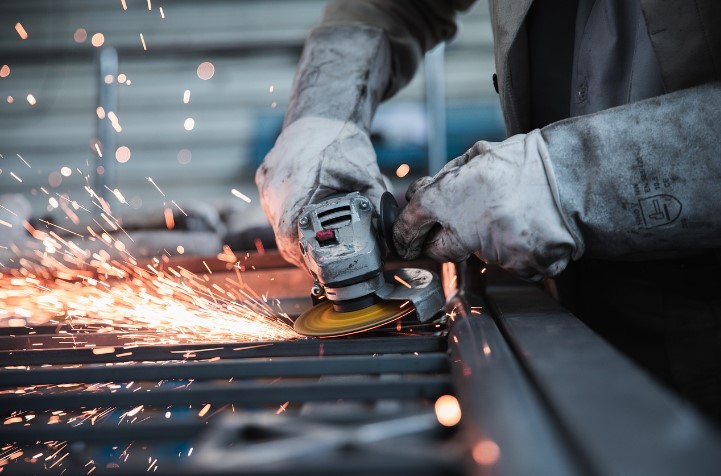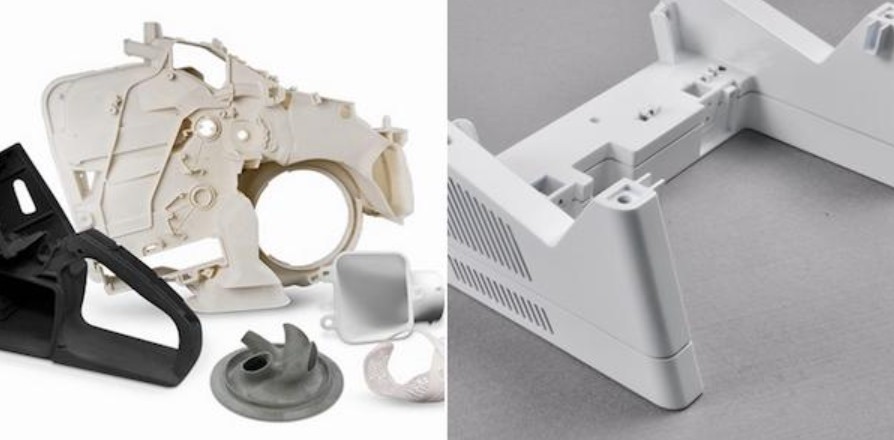
What is an MES (Manufacturing Execution System)?
What is an MES (Manufacturing Execution System)?
This blog post discusses the basics of MES (Manufacturing Execution Systems) and how they can help manufacturers improve their operations. We’ll cover what an MES is, how it works, and the benefits of using one.
It’s impossible to talk about software in the manufacturing world without coming across the acronym MES, which stands for manufacturing execution system. In this post, we’ll discover exactly what a manufacturing execution system is, how it works and what the benefits of using one are.
What is a manufacturing execution system?
While manufacturing businesses differ in many ways, they all share a common goal. The goal is to manufacture products to a given specification for a specific customer using some combination of machinery and people.
All manufacturing businesses have some form of order management process, dictating which products need to be made in which order, and some form of quality control to ensure the products they make are to specification.
In addition, all manufacturing companies are constantly trying to remove waste from their manufacturing processes. For example, they may wish to reduce the cycle time of their machines or reduce the number of unplanned maintenance events throughout the facility.
An MES underpins these efforts by helping to manage and monitor the manufacturing process from end-to-end. An MES can help with the following operational requirements of a production facility:
- Production Scheduling and Planning – MES’ help improve the flow of work through the facility by using production data to schedule incoming work, fully utilising the capacity of the facility.
- Data Collection and Monitoring – The first step to improving production processes is to measure and understand them. MES’ help by continually measuring and cataloguing production data and making this available for analysis.
- Quality Control and Compliance – Most manufacturing businesses will actively control their product quality and have some form of compliance obligation. MES’ improve quality control processes and streamline compliance by capturing traceability and measurement data and highlighting non-conformance.
- Inventory Management – All production facilities should strive to reduce WIP (Work In Progress) as a means of releasing value to the organisation and reducing costs. MES’ assist by cataloguing the WIP at each production stage and highlighting problem areas where WIP can be reduced.
- Resource Management – MES’ can help with managing the resources of a production facility to assist with TPM (Total Predictive Maintenance) initiatives as well as ensuring spares are readily available while monitoring consumption.
What makes a good MES?
In order to bring the most benefit to your business, a good MES should:
- Match your business needs – The most important point of an MES is that it should match your business needs. A software suite designed for a large multinational manufacturing company may not suit a smaller firm. Similarly, a company that makes a million units of a single product will not have the same needs as a company who makes one-off custom orders.
- Be easy to use – The most capable software in the world is of no use if it is not adopted well by the team. We often find that MES adoption fails because the software does not meet the needs of the operations and engineering teams and is difficult to use. A good system should be intuitive and match your business goals.
- Reduce workload, not increase it – A good MES should reduce the amount of administrative work required to run a manufacturing facility. It should make improvement easier by providing insights into the production process. This is more easily achieved when the software system has been designed to suit your needs and is not too generic.
- Be deeply integrated – By integrating with your manufacturing equipment and other related systems, a good MES can provide excellent insight into where your manufacturing processes can be improved without the need for manual data entry or additional spreadsheets.
Should I build or buy an MES?
As with any item you need for your business, you could choose to either buy an MES off-the-shelf and integrate it into your manufacturing process, or design and build your own from scratch.
The potential advantages of buying an existing MES from a known supplier are:
- A pre-built MES can be cheaper to purchase initially, as they can often be bought as a service with a cloud based subscription cost. This lowers your initial CapEx costs in favour of an ongoing OpEx cost.
- Purchasing a proven MES system means that you are purchasing a refined product that has been tested with many other manufacturing companies before you. This can be a great advantage if you’re unsure of exactly what functionality you would like or how you would like to structure your business processes.
- Many large MES systems have a community and ecosystem around them which makes it easy to get help when things aren’t working for you. You can also often purchase a support plan with the vendor to ensure business continuity.
The potential advantages of building a custom solution are:
- The exact functionality of the system can be tailored to suit your exact needs. This often increases the business benefits because you create a solution that solves the exact problems your business is facing. Adoption rates also tend to be better because your staff do not need to change their working practices to suit a generic software suite.
- A custom solution is more flexible to your needs. You can start by building one part of the system and then extend it as your needs or business grow. This also means that as your processes change, your software can adapt to your new ways of working.
- A good custom MES can offer you a unique competitive advantage over a generic off-the-shelf solution. For example, by integrating your MES with your sales website it would be possible to share the production status of each order with the customer.
-
By creating a custom solution you can also create custom integrations with your facility and other areas of your business.




